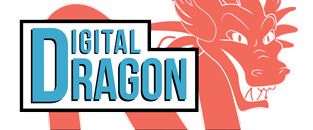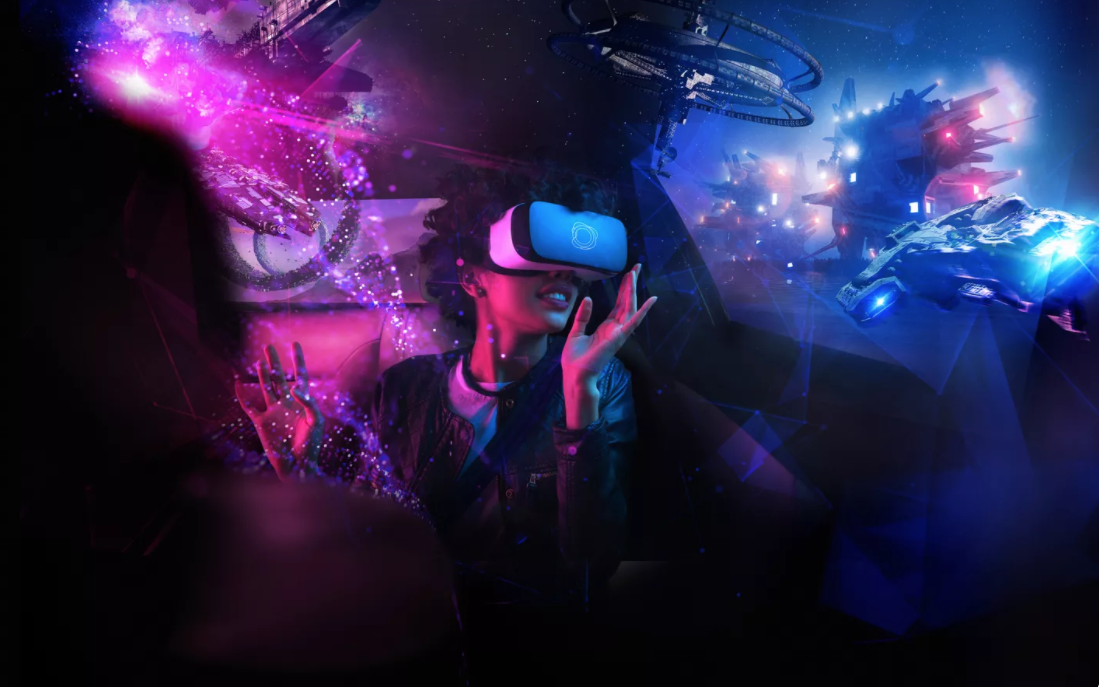Connecting through the virtual world is upping it’s game! Move over Zoom – what is really happening in the Virtual World now?
Is Virtual Reality Still Happening? Get the latest news on what the world of VR looks like now.
Way back in September of 2018 we explored the growing world of virtual reality (VR) and its growing pains. Sure enough, as predicted, connectivity is more or less there (though most experiences are still single player – more about this later), and the price point is reasonable for consumers clocking in at almost less than half the cost of a new cell phone. On the technical side, graphics can be up to a stunning 4K resolution, latency is low, and onboard sensors and chips allow a tether free experience. While there still hasn’t been a true “must have,” some titles are getting closer and closer. Pittsburgh’s own Schell Games recent release of I Expect You To Die: 2 hit $1M in revenue within a week’s time. So what’s next?
For a brief stint there have been VR roller coasters that are mapped 1-t-1 to tracks, which offer a different level of immersion, it seems as though there’s a new push beyond rails. A silently emerging startup called Holoride is touting what they call elastic content, which according to them is defined by being motion synced, traffic synced, and location aware. What this means, is that unlike pressing play on an experience, the experience reacts to the trip you’re on. By connecting to the vehicle’s sensors, content is created per route. And if you’re thinking what I’ve been thinking – that this will make you sick – like my first time in an Oculus Rift Developers Kit 1, it seems quite the opposite. The company goes as far as to suggest that their platform can ease the effects of motion sickness.
That all sounds awesome, what’s the catch? Well, while I believe that there will be many useful cases for VR and for connected tech, like the aforementioned, I also want to throw a few flags towards caution. This goes back to the concept of too many isolating experiences. The last thing I’d like to see is a family minivan where each child is off in a virtual world for the entirety of the journey. Just as it was in 2018, we can follow the trends and expect more embedded technologies and lower-barrier-to-entry devices. As of the writing of this article, Holoride had partnerships with Audi, Ford, and Porsche. Just like in 2018, the call is the same. It will be paramount for creators to develop experiences to connect people.
TLDR; We’re in for a wild ride! With consumer grade VR experiences achieving great quality at an affordable price, these technologies are going beyond our computer desks and into our vehicles, elastic (or reactive to driver driven data) content from companies like Holoride promise to entertain us during the 400 billion hours estimated in car time. Hopefully everyone can be along for the ride and these experiences won’t lead to isolating experiences that take away from the joy of actual reality.
About the Author:
John Balash was instrumental in Digital Dragon’s launch in 2013 as its first Curriculum Director and is now back in the fold as a consultant on all the latest and greatest in tech education.This is John’s latest contribution to a monthly blog series we’ve launched, Tech News from the Frontier. John is the Director of Educational Engagement at Carnegie Mellon University’s Entertainment Technology Center. John has worked on educationally-focused initiatives with clients ranging from D.A.R.P.A. to Disney. Working from both sides of the desk, you can find John in classrooms and conferences around the world exploring new uses for technologies in learning environments.

